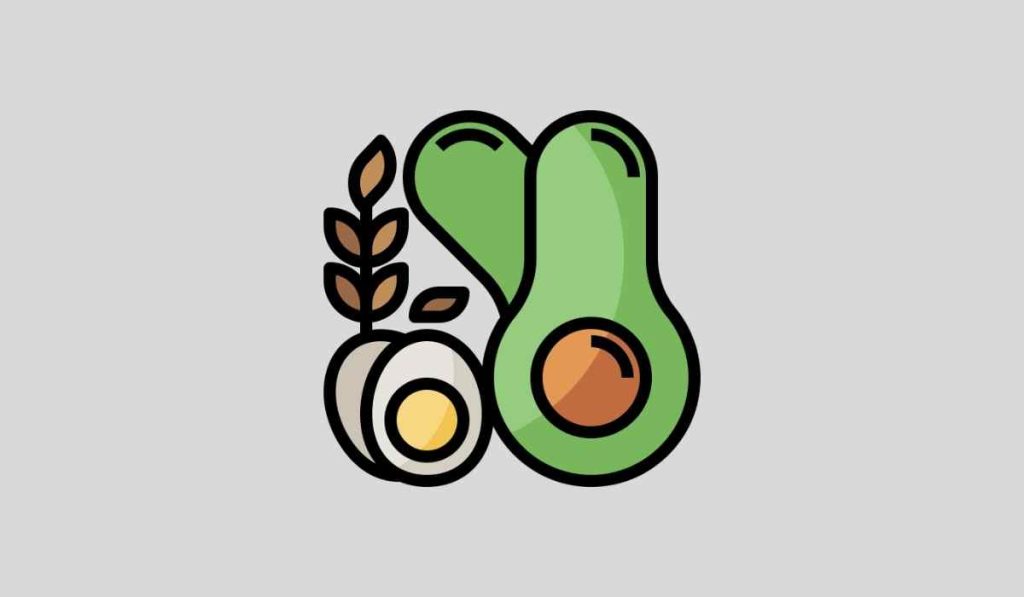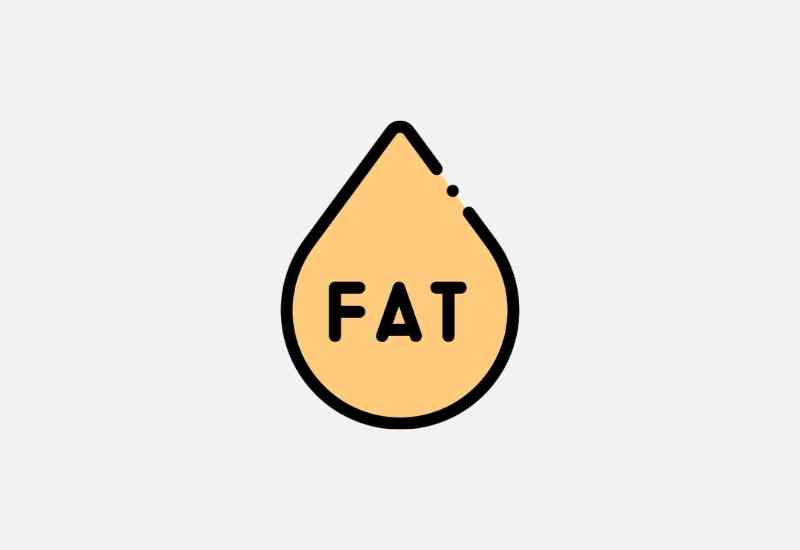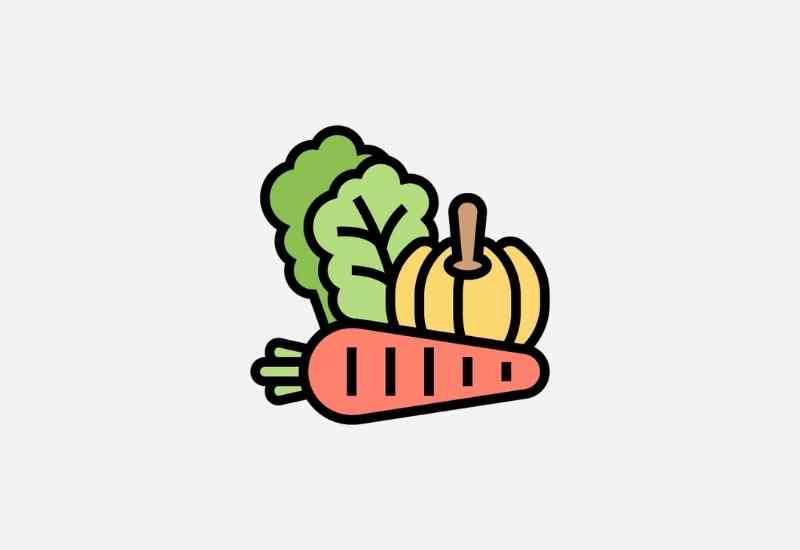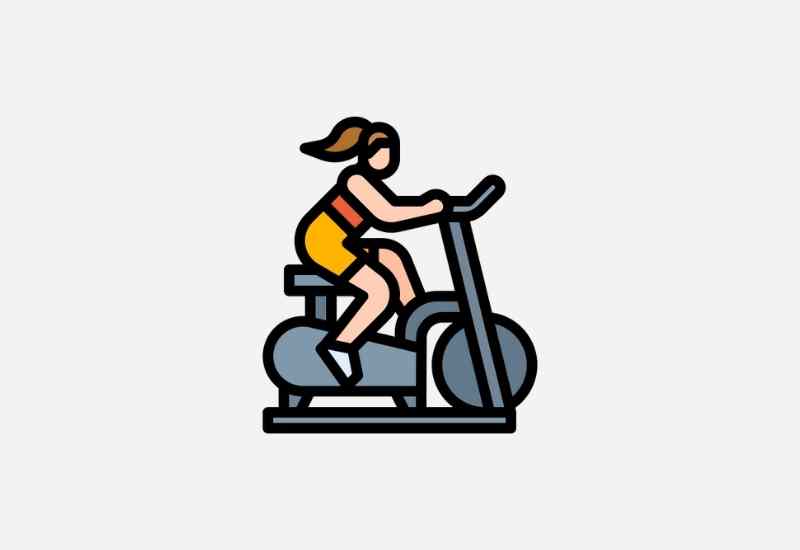Getting started with keto but want to make sure you do it properly? Here are the most common mistakes beginners (and even experienced keto dieters!) make with keto.

The keto diet seems like a simple approach…
Nuke all the carbohydrates from your diet and crank up the bacon and fats, right?
Well, not so fast.
While one step is cutting back on carbs, there’s more to mastering the keto diet than just nixing carbohydrates from your daily eating regimen.
If you are thinking about starting this new journey (or have started but are not seeing results), here are some mistakes beginners make with the keto diet.
With this guide, we’ll make sure you hit the ground running.
Let’s go.
The Keto Diet – What’s In It for You
The keto diet is referred to as a low-carb and high-fat diet.
It works by decreasing your carb intake to 5-10% of your total caloric intake. This represents typically consuming 25 to 50 grams of carbs throughout the day.
When your body stops having a steady glucose supply, it turns to your fat reserves for support. Ketones are produced to become the new energy source in your body.
High production of ketones leads to ketosis, the main goal of a keto diet.
There are several benefits of following a keto diet:
- Reduces your appetite1
- Promotes weight loss2
- Improved bloodwork (triglycerides, glucose, cholesterol)3
- Reduces blood pressure4
So, we know that following the keto diet brings many benefits.
However, what happens if you are not getting those results?
You might be wondering. What am I doing wrong?
Let’s talk about the most common mistakes people make with keto.
Most Common Mistakes People Make with Keto
1. Not Eating Enough Fats
Remember that while you need to reduce your carb intake, over 70% of your calories must come from fats.
If you are not replacing the calories from your carbs, your body doesn’t have enough calories to go on.
While you want a caloric deficit to lose weight, reducing your calories below your BMR (basal metabolic rate) could mess up your metabolism5.
Ultimately, this means no matter if you are on a keto diet. Eating too many calories won’t get you the results you are after.
Make sure to reach your daily fat intake to tell your body it has adequate amounts of energy and not go into “starvation mode,” stalling your results.
2. Focusing On The Wrong Fats
As mentioned before, most of your calories will come from fat sources.
However, one of the most common mistakes people make on their first day of keto (and beyond!) is focusing on the wrong fats.
People think that a keto diet means consuming butter and bacon every day.
All day.
Every day.
While you can include them occasionally, a high saturated fat diet could lead to heart problems6.

Now, this doesn’t mean you cannot consume saturated fats. You still need them in your body.
However, focus on healthier fats like avocado, nuts, seeds, olive oil, and oils.
Include at least one source of omega-3 every day to help reduce inflammation in your body.
Salmon, mackerel, sardines, chia seeds, flax seeds, and hemp seeds are excellent sources to add daily.
3. Eating Too Many Keto-Friendly Products
Nowadays, there are lots of options for people on keto.
You can now find cookies, pastries, cakes, and even bread. Even some restaurants and cafes feature keto-friendly food on their menus.
Yes, they make our life easier when following a keto diet. However, you still need to be careful with their consumption.
While keto products are good to have once in a while, you still need to be careful. They might be adding more calories than you contemplated.
Remember that keto, like any other meal plan, relies on a caloric deficit (eating fewer calories than your body needs).
You can still gain fat on a keto diet if you are not careful with the number of calories you consume daily.
Food quality matters.
Ensure you consume 80% of your food from natural sources and only 20% from processed foods (even if they are keto).
4. Not Having Food Variety
If you are not careful, one of the side effects you can get while on a keto diet is nutrient deficiency.
A common mistake is that people often have the same food repeatedly. While this might be handy, you don’t provide enough variety in the nutrient department.
Thus, increasing the risk of nutrient deficiency.
A simple way to get into ketosis and keep your palate happy is with a keto-friendly meal planner or app. There are plenty of awesome programs and apps that can generate a customized meal plan that includes your favorite foods (and the best ones have the option of subbing out food you don’t love), shopping lists, and more. I’ve compiled my favorite keto apps and programs in this guide.
To avoid this, ensure you have different foods throughout the day and the week.
Make sure to have at least 3 different colors of veggies during the day since each color has a different nutrient and benefit. This means having a salad with kale, carrots, and tomatoes (green, orange, and red).
5. Forgetting About Fiber
It’s very common to hear people say: “I started keto, but after following it for a couple of days, I got constipated.”
Reducing your carb intake immediately reduces your fiber intake.
Your body needs fiber to help you fight constipation and have a healthy bowel movement.
People don’t give non-starchy vegetables the importance they deserve. They are a great source of nutrients and fiber.

Adding foods like leafy greens, zucchini, eggplant, mushrooms, celery, and carrots is a great way to increase your fiber without adding too many carbs into your diet.
Make sure to have at least 3-4 portions of vegetables per day to avoid constipation, and always drink plenty of water.
Which brings me to the next point…
6. Not Drinking Enough Water
During the first couple of days, most of the weight you lose is water weight.
Staying hydrated plays a crucial role in the development of the symptoms of the keto flu.
Add some electrolytes to your diet and water to help you transition from glucose-burning mode to fat-burning mode.
(If you don’t know how much to drink, check out my other article: How Much Water Should I Drink on the Keto Diet?)
Drinking enough water helps your nutrients to circulate, eliminate any toxins, and helps your system function properly.
And speaking of fluids, yes, you can drink coffee on keto.
7. Not Counting Carbs
While reducing your carb intake in obvious sources like sugars, flours, and starches can be the first step toward a ketogenic diet.
Other not-so-obvious sources can be affecting your problems.
Even though nuts and non-starchy vegetables are encouraged in a ketogenic diet, they can contain some carbs.
See also: 6 Best Keto Cookbooks for Mastering the Ketogenic Diet
If you are not careful and measure everything that has carbs, you might be consuming more than you should, affecting your ketosis state.
While you don’t have to measure everything all the time, I advise measuring everything during the first couple of weeks, so you realize what works best for you.
8. Not Adjusting Your Workouts
During the first couple of days (or even weeks), you might feel that your performance is not the same.

A common mistake is that people continue doing the same exercise with the same intensity while the body is adapting to a new energy source.
Even though this process is temporary, ensure that in the first couple of weeks to avoid any issues.
9. You Are Not Salting Your Food
I know it sounds weird since, in most cases, you hear to avoid salt.
In this case, when your body gets rid of ketones, you lose a large amount of sodium that needs to be replaced.
Also, by eliminating processed foods, you cut back down drastically on your sodium intake.
Add some salt to your foods to ensure you have a good electrolyte balance and avoid complications.
10. Not Asking Your Doctor Beforehand
Finally, one of the most important things people do is not consult with their doctors before trying keto.
Keto brings many health benefits, but not everyone has the same reaction.
Some people might not tolerate having a very high fat intake. Thus, it’s always better to consult your doctor before drastically changing your diet.
H2: Keto Mistakes — FAQs
How can the keto diet go wrong?
Not getting enough fats (your primary energy source) and not counting your carb intake might affect your ketosis state.
This would mean that the keto diet is not going how it should be.
Make sure to focus on your healthy fats, have a good intake of non-starchy veggies, drink plenty of water, and prepare for the first week of keto to avoid any nasty side effects.
Also, supplementing with aids like keto diet pills–which are chock-full of ketones–can help speed up the process, getting you into ketosis faster and often with fewer symptoms of the dreaded “keto flu.”
How do I know if I’m doing the keto diet correctly?
First, make sure you are not making any of the common mistakes explained, like not eating enough fats, eating too many carbs, or not consuming enough fiber.
If you are still unsure, you can check your ketosis levels through a urine keto strip, a breath meter, or a blood meter (this is the most precise).
That way, you can determine if you are on the right path.
The Bottom Line
While it might sound like a simple thing to follow, a ketogenic diet has certain factors you need to consider. It is not just about decreasing your carb intake.
You need to be careful with your fat intake and the type of fats you include to avoid heart problems.
Ensure you have variety in your foods to get enough nutrients and fiber throughout your day.
Finally, make sure to have a good support system with you. Doing it alone might be challenging, and you might lose motivation.
More Keto Guides and Resources
Keto Charge – A Keto Pill That Actually Works (Full Review). Curious if Keto Charge can help you get into ketosis faster and achieve your weight loss goals? Read on for a full review, including key features, and see if it’s right for you.